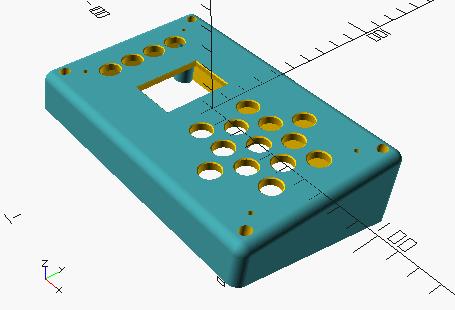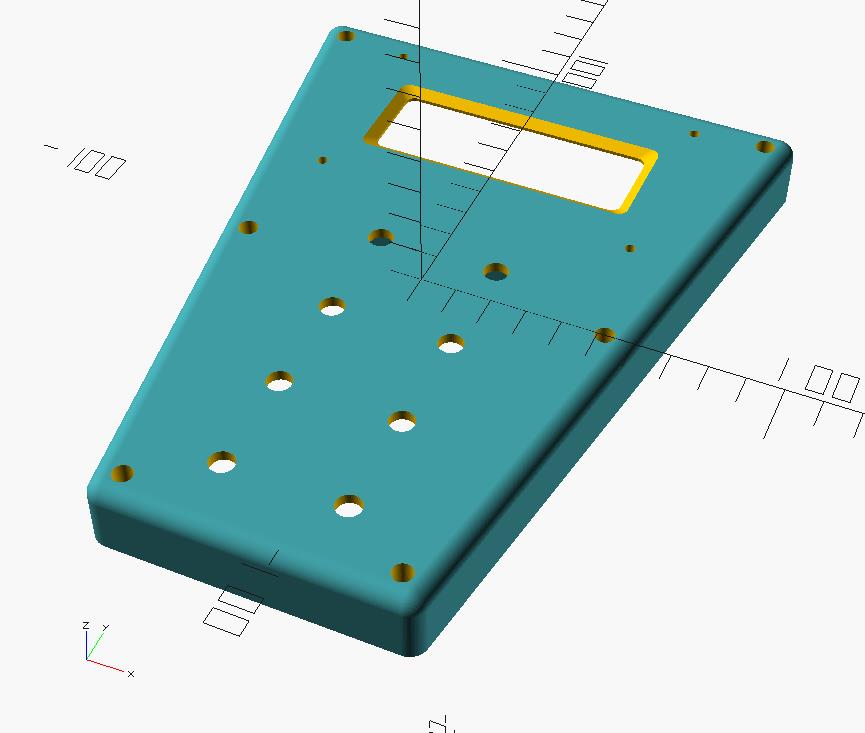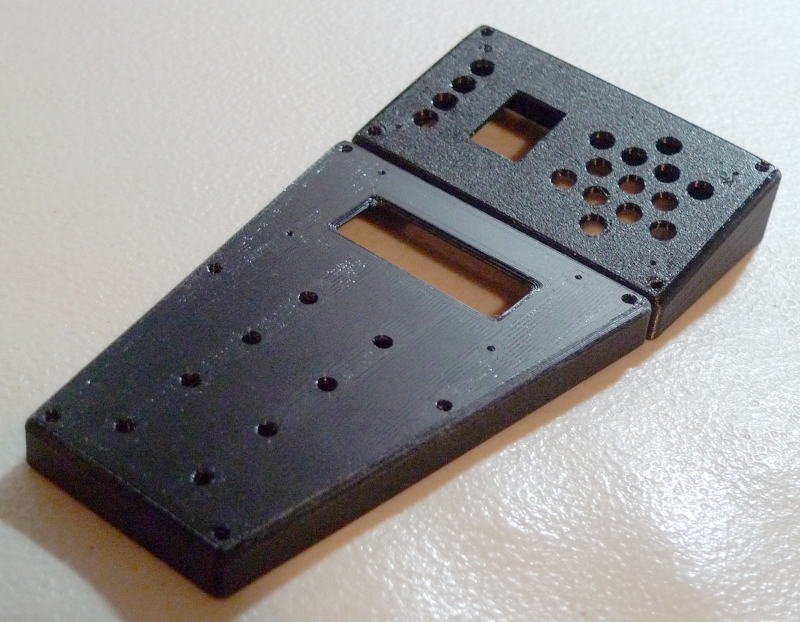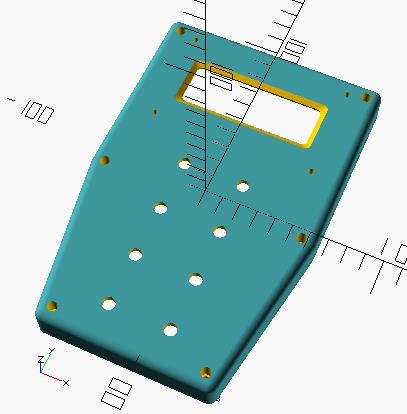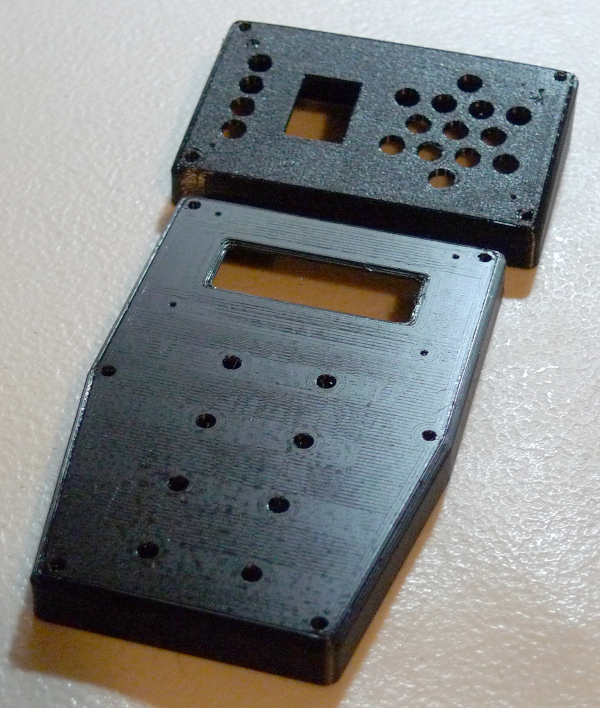"...try printing the first layer up to 250C, which I think is the generally accepted top end for Bowden systems. With an all-metal hot end I'm printing some PETG gears at 260C with virtually no stringing, and embedded text in the gear faces is coming out sharp and clear." - pitts8rh
I'm currently printing at 240/80, will try 250, thanks!
"And the neurotoxins haven't affected me at all at all."
Struggling and failing to come up with pithy quote... (I keed)
"BTW, I had to spend some time working on gears in OpenSCAD. I'm glad it's working for you, but omgwtf. That is all."
I totally get that. OpenSCAD needs more fundamental 2D & 3D types, and the 3D transforms leave much to be desired. Though, to be fair, the basics are there to roll your own personal library. What's really missing is a way to automate/calculate complex intersections and tangents. Edge chamfers / radii would go a long way too, though that can be a really deep subject (you often can't just willy-nilly "add" these kinds of features without geometric chaos breaking out).
The thing that bugs me the most about OpenSCAD is you can add one seemingly minor feature to your design and the rendering window suddenly slows down to (at best) a snail's-crawl. And my designs aren't even all that complicated!
"In OpenSCAD, you just don't wait for some company to implement what you need, you do it yourself." - tinkeringdude
Indeed, the "openness" of OpenSCAD is it's primary advantage. And, as you point out, text source has a lot of advantages over binary blobs.
[EDIT] For me, OpenSCAD is one of those "so near, yet so far" kinds of things. If I could clone myself, I'd give writing something similar (but better!) a shot.
